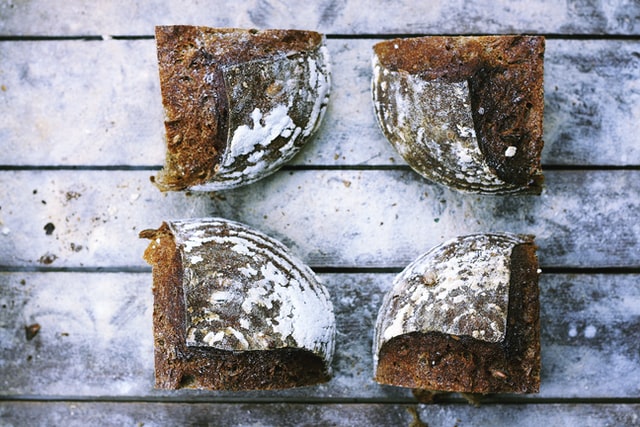
Tour Two. Social Change.
Functional Foods
Finland and the United States have different traditional foods. Some schools in the U.S. offer “hamburger days” once a week. Finnish schools serve split pea soup and pancakes on Thursdays. Which would you prefer?
Both Finland and the United States are also food innovators. Over the last century, many industrially advanced societies lost touch with nature. In the 1970s, doctors realized that people were not eating well. Many people were
eating too much fat and too few vegetables. Doctors and scientists are now working hard in both countries to develop new, healthier and better tasting foods. And many are turning to nature to help them do it.
All-natural foods have gained popularity in Finland and the United States. Organic foods are the most pure foods available. They are grown without pesticides or herbicides and contain no artificial ingredients. Some stores sell a wide variety of organic foods — organic fruits and vegetables, organic meats and cheeses, organic eggs and cream.
Do you ever eat organic foods?
We know that some people are smart. But did you know that foods could also be smart? Like smart people, smart foods do their jobs well. Smart foods not only give us energy and pleasure, they also keep us healthy. Smart foods help us live longer because they prevent diseases. Some smart foods improve digestion. Others lower blood pressure, reduce cholesterol or even reduce the risk of cancer.
Researchers think people from the mountain areas of Europe live longer because they eat yogurt. Yogurt is smart because it contains “good” bacteria that keep your gastrointestinal tract healthy, while strengthening your immune system and preventing allergies. They also think that people in rural Japan are particularly healthy because they drink green tea. Green tea is smart because it helps your body fight viruses, slows aging, and reduces the risk of cancer, heart disease and other degenerative diseases. Finns traditionally have yogurt, whole grain bread, orange juice, berries, oatmeal and tea or coffee for breakfast.
Do you eat a smart breakfast every morning?
Traditional Finnish rye bread is especially smart. It is high in soluble fiber, which reduces cholesterol, regulates digestion and reduces the risk of hormonal cancers. Finns used to bake fermented rye bread, which has a long shelf life, a few times a year. If they ran out of ingredients, they sometimes substituted wood bark for rye flour.
Scientists have now discovered that wood bark has many of the same compounds as green tea. It’s healthy and smart!
Many companies in Finland are developing smarter foods. The first smart foods that Finns invented include a special yogurt containing good bacteria called “Lactobacillus GG” and a spread called “Benecol” that’s like margarine which lowers cholesterol. They also discovered xylitol, an all-natural sweetener, in birch tree bark. Finnish manufacturers
now sweeten almost all chewing gum with xylitol. Xylitol is smart because it prevents cavities and tastes good.
Hmm… does that mean we may one day be able to eat all the candy we want?
Hundreds of scientists continue working out of universities or research centers in Helsinki, Turku and Kuopio. Smart foods are available all over our grocery stores — in the produce and dairy sections, in the meat department, and even on the candy shelves. Schools in Finland have begun to serve their students a variety of salads and other foods containing smart ingredients for lunch.
Does that mean they won’t get French fries with their lunch?
Quiz
- Scientists work to make food
- organic
- fatty
- smart
- grilled
2. What do doctors believe lengthens life
- red tea
- blue tea
- green tea
- orange tea
3. You can find smart foods
- in the dairy section
- on the candy shelves
- in the meat department
- all the above
4. Rye bread is smart because it
- has a long shelf life
- is high in soluble fiber
- is made with xylitol
- tastes good

